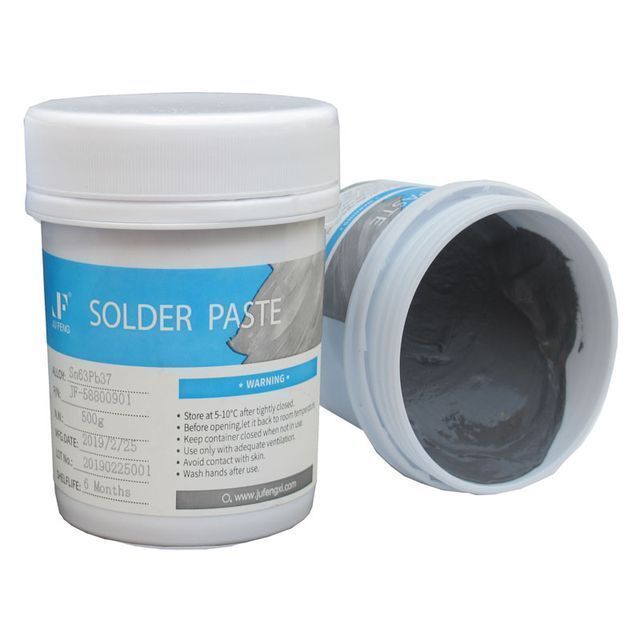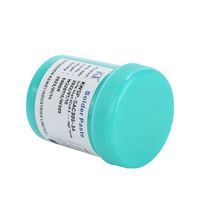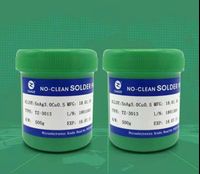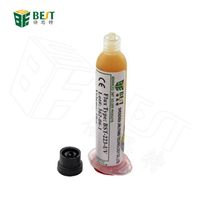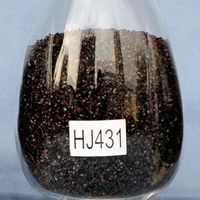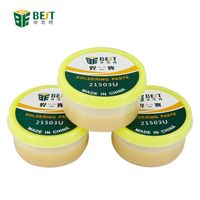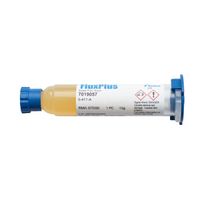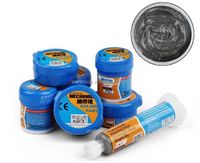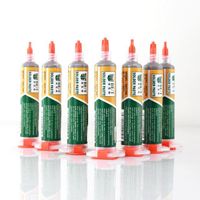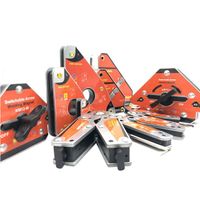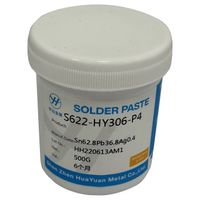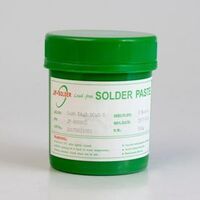Tin Lead Sn63Pb37 Solder Paste No-Clean Leaded 6337 Alloy SMT Printing Soldering Paste Flux Cored Low Residue Components Welding
-
Supplier: Shenzhen Jufeng Solder Co., Ltd. -
Region: Guangdong, China -
Contact: Ms Pauline Lee -
Price: $16.00 / >=10 kilograms -
Min. Order: 10 kilograms
| Application: | LED, PCB, Precise Instruments, Electronic components; | Melting point: | 183 degrees Celsius; |
| Supply Ability: | 1000 Ton/Tons per Month; | Brand Name: | Jufeng; |
| Packaging Detail: | Color Gift Box, OEM Gift Box, Standard Export Cartons; | Color: | Grey; |
| Usage: | SMT Screen Printing; | Ctn Demension: | 34.5*27.3*23.5cm; |
| Weight: | 500g/bottle; | Place of Origin: | Guangdong China; |
| Packing: | 500g/bottle, 10kgs/ctn; | Package Preview: | ; |
| Port: | Hong Kong, Shenzhen, Guangzhou; | Payment Terms: | Western Union,T/T,MoneyGram,Paypal; |
| Material: | Sn63Pb37; | Alloy powder size: | T3, 25~45um; |

We have professional sales team to responding to client's inquiry promptly.
We provide technology support and thoughtful pre-sale, in-sale and after-sale service to our customers.
Shenzhen Jufeng Solder Co., Ltd. is a professional solder manufacturer in China since 2006. We provide the high quality lead free solder wire/paste/bar/preform/powder/sphere/ignot etc. at competitive price with the newest technology.
our main products:
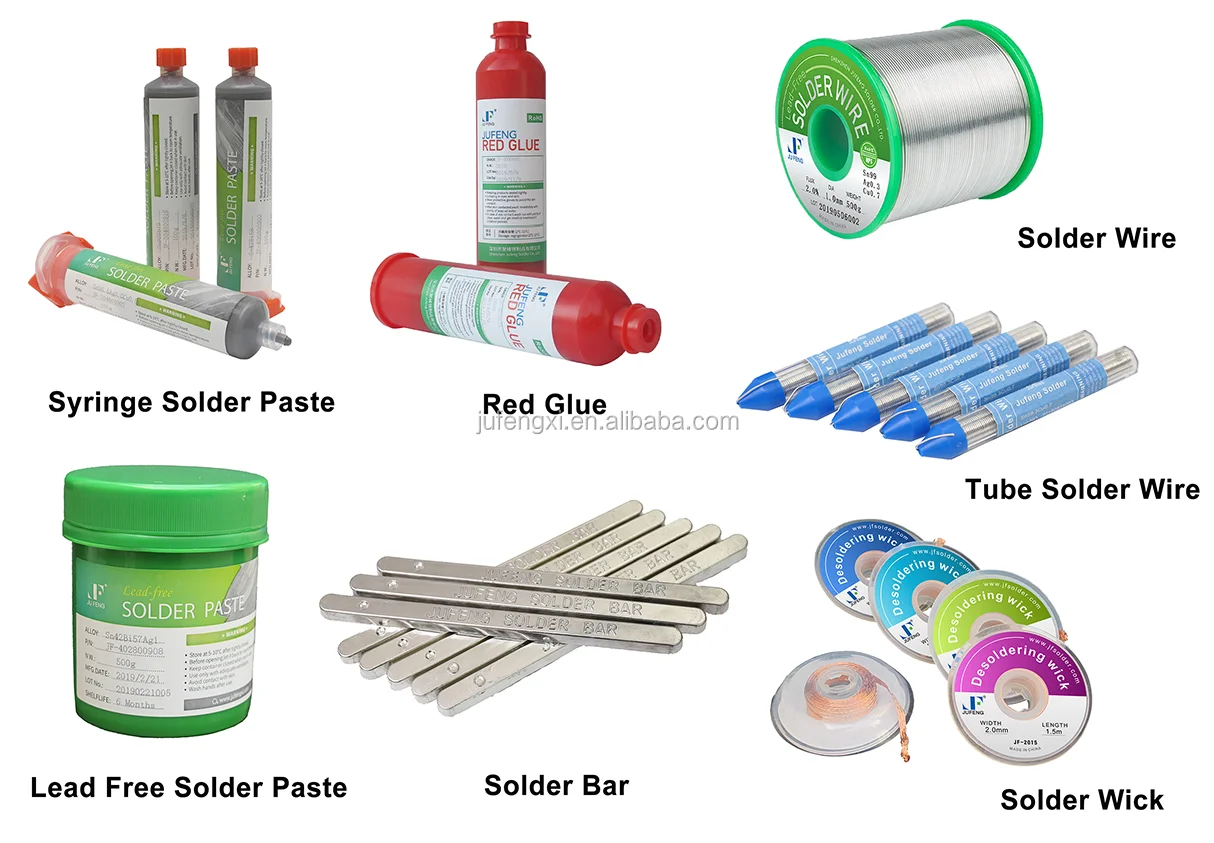
Q: What are the differences between tin lead solder and lead-free solder?
A: The specific differences as follows:
1. By Color:
The surface with lead solder appears bright white.
It is light yellow for lead-free solder.
2. By Alloy Composition :
The tin lead solder contain two main metal elements: tin and lead, such as Sn63Pb37, Sn50Pb50 etc.
The lead-free solder generally contains tin, silver or copper metal elements. It hasn't lead basically (EU ROHS standard is less than 1000 PPM in lead content, ours are 200PPM around.).
3. By Application:
The tin lead solder is used for welding of lead products. Its tools and components are all with lead.
The lead-free solder ask for the tools and components all must be lead-free.
4. By Hand Rubbing:
If there is lead, there will be black marks on the hand,
If no lead, there will be pale yellow marks, because the lead-free solder generally contains copper.
------------------------------------------------------------------------------------------
Q: Which parts are used for soldering?
A: The solder wires and bars are widely used in metal equipment, electronic components, communication equipment, electrical appliances, electronic instruments, instrumentation etc.. The solder paste is mostly used in SMT, SMD, PCB, LED electronic components welding.
------------------------------------------------------------------------------------------
Q: What are the types of ordinary solder wires?
A: Solid solder wire, flux-cored solder wire, No-clean solder wire and water-soluble solder wire.
------------------------------------------------------------------------------------------
Q: Why is flux-cored added to solder wire?
A: The tin does not have welding function itself. The rosin acts as a soldering aid adding in the solder wire. The rosin additive removes oxides on the surface of solder alloy and creates good conditions for wetting and spreading. The rosin additive can protect the surface of solder alloy and prevent oxidation after welding.
------------------------------------------------------------------------------------------
Q: Why does the tin spatter when soldering wire?
A: Because there are too many rosin in solder wires. we suggest to reduce the flux to 2% around, then this situation will be improved. On the other hand, the unstable soldering iron temperature can also cause this phenomenon. Please choose the constant temperature soldering iron table, and make sure the soldering iron head temperature is balanced.
-
Sn96.5/Ag3.0/Cu0.5 SAC305 Lead Free Solder Paste High Temperature Solder Paste

-
Solder paste 500g high/medium/low temperature halogen-free lead-free no-clean solder paste soldering station flux

-
BST-223-UV 10cc SMD BGA Lead Free Soldering Flux

-
Factory hot sale submerged arc welding wire sj431 flux

-
Bst-21503a 150g High Quality Solder Paste For Led Bga Smd Pga Top Sale Solder Paste Flux Grease

-
FLUX FLUXPLUS 10CC 10G NC-D500 NORDSON soldering flux soldering lead-free soldering fluxes Liquid soldering EUROPE warehouse

-
MECHANIC Solder Paste XGSP30 Sn63/Pb37 Medium Temperature Glue Flux Mobile Phone PCB Repair

-
Bst-706 lead-free solder paste low temperature solder paste BGA solder paste Sn42/Bi58 10cc

-
New Arrival Welding Magnet Set Magnetic Welding Stand Adjustable Welding Magnet

-
Hot sale SMT solder paste Sn63Pb37 high performance solder paste

Other Products
-
 $50.00 / kilogram
$50.00 / kilogram

